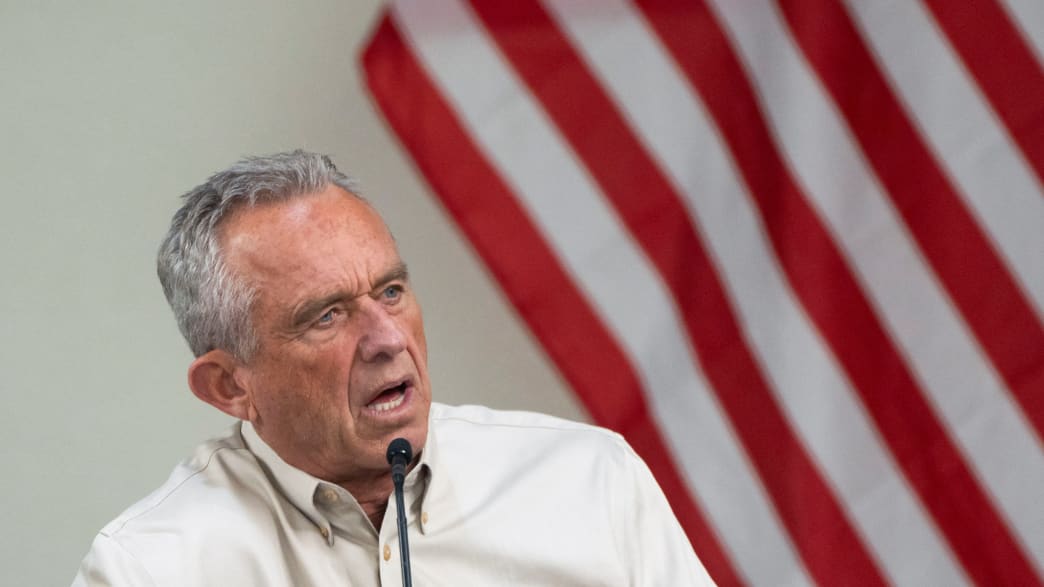Secret Service Criticized for Communication Failures Amid Trump Assassination Attempt
The attempted assassination of former President Trump on July 13 in Butler, Pennsylvania, has highlighted critical communication failings between law enforcement agencies and the Secret Service.
The event brought to light significant concerns regarding the lack of coordination among various law enforcement agencies on the day of the incident, as Fox News reports.
The alarming incident took place when Thomas Matthew Crooks, from an elevated position, fired eight rounds targeting Trump. The former president was grazed on the ear during the attack which resulted in the death of Corey Compartore and injuries to two others before Crooks was neutralized by a Secret Service sniper.
Initial Reports of Suspicious Activity
Prior to the shooting, law enforcement had identified Crooks as a suspicious person. Despite this awareness, there were no effective communications between the local SWAT team and the Secret Service.
Reports show that one of the Beaver County sharpshooters, Jason Woods, had taken photographs of Crooks and noted his suspicious behavior hours before Trump arrived. However, this information did not make its way to the necessary parties in time to prevent the tragedy.
A critical breakdown occurred when Woods and his team received no face-to-face briefing with the Secret Service, though they were in position well ahead of Trump's appearance. Woods expressed concerns about this missed protocol.
Communication Failings and Consequences
Woods stated, "We were supposed to get a face-to-face briefing with the Secret Service members whenever they arrived. That never happened." This disconnect, as reiterated by Woods, marked a pivotal moment in the day's events, prompting him to think that something was amiss.
This lack of communication proved detrimental as the SWAT team's first interaction with the Secret Service did not occur until after the shooting had commenced. By then, it was too late to prevent the tragic outcomes of the attack.
Following these revelations, several law enforcement and congressional probes have been initiated to investigate the failings. Cougar Secret Service Director Kimberly Cheatle has since resigned from her post.
Official Responses and Future Measures
The Secret Service released a statement indicating their commitment to understanding the communication breakdowns that occurred. "As it relates to communications on that day," the statement read, "we are committed to better understanding what happened before, during, and after the assassination attempt of former President Trump to ensure that never happens again."
The agency also emphasized their full cooperation with ongoing investigations by Congress and the FBI along with other relevant inquiries.
Such declarations highlight the seriousness with which the Secret Service is treating the matter. The intent is to prevent similar incidents by instituting better protocols and ensuring proficient communication lines in the future.
Critical Insights from Witnesses and Participants
In addition to the official stance of the Secret Service, insights from those directly involved in the day's events shed light on the severity of the miscommunication. Beaver County team lead sharpshooter Woods provided critical insights through a series of statements about his experience and observations.
Woods underscored the absence of effective communication on the fateful day, stating, "We had no communication." His repeated emphasis on the lack of coordination before and during the attack underscores a critical vulnerability that must be addressed.
The perspective of those on the ground during such high-stakes situations underscores an urgent need for coherent communication strategies and ensured execution of standard protocols.
Immediate Aftermath and Advisory Reactions
The immediate perceptions of Trump's advisers also point to glaring communication issues. Initially mistaking the shots for fireworks, Trump's team was left in confusion and danger during the initial moments of the attack.
This misunderstanding highlights the necessity for real-time updates and clear communication channels, especially within the inner circle of protected individuals. Ensuring that advisors and security details are on the same page is paramount.
As the event unfolded in turmoil, the failure to connect reported suspicious activity with actionable alerts exemplified a critical breakdown in the security lattice meant to protect high-profile individuals.
The attempted assassination of former President Trump on July 13 has prompted significant scrutiny of the Secret Service concerning communication failings. Thomas Matthew Crooks initiated the attack, causing one death and two injuries before being shot by a Secret Service sniper.
Despite prior identification of Crooks as suspicious, lack of coordination between local law enforcement and the Secret Service played a crucial role in the vulnerability experienced that day. Investigations and resignations reflect the serious concern over these security lapses.



